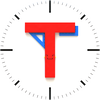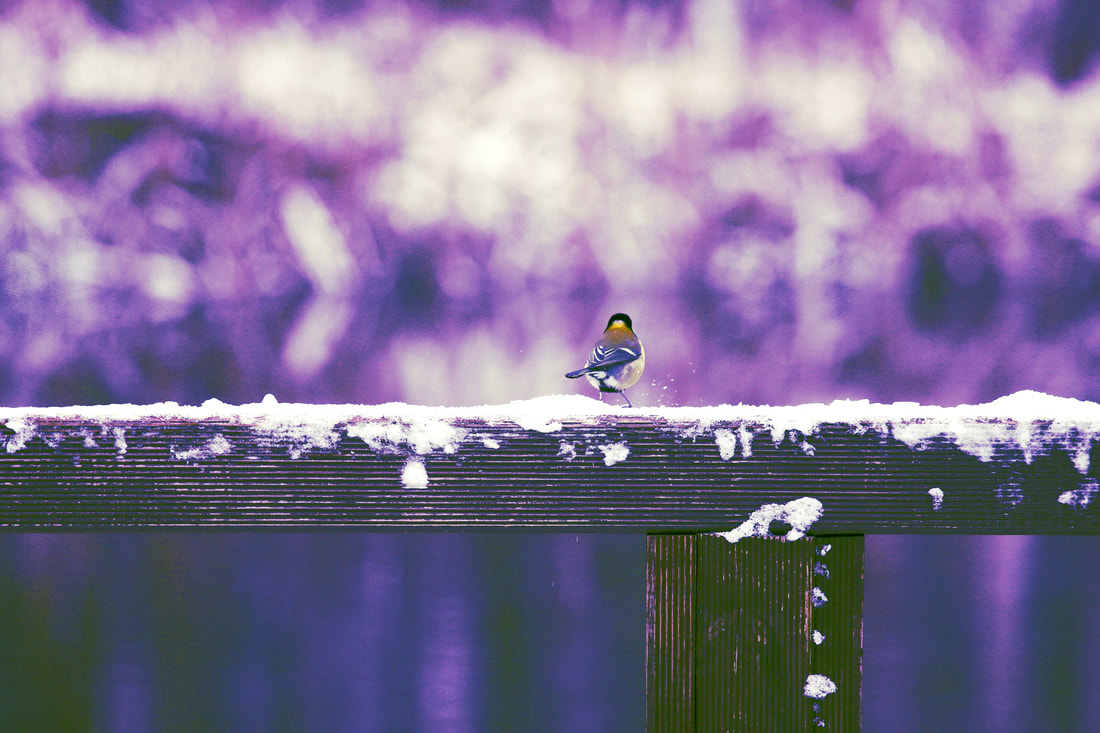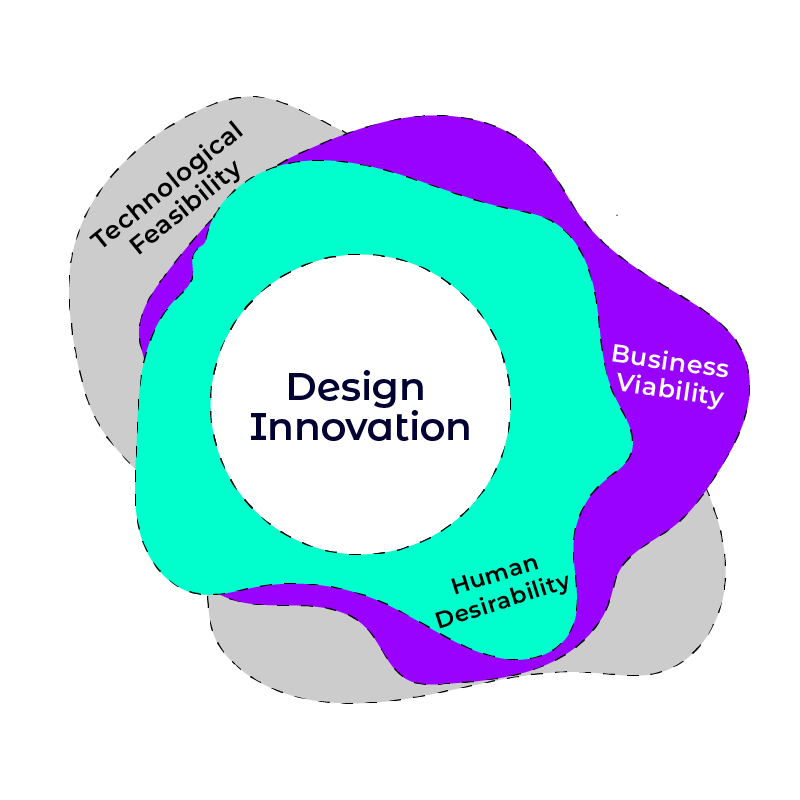|
A few years ago, I was in a classroom around the topic of managing value creation. As part of that, the questions of stakeholders and how to define them were central to the discussion. As an exercise, the leading professor gave us the hypothetical exercise of building a new monument on campus which we had to identify the stakeholders. Attendants started shouting out different stakeholders, including the students, faculty, funders, visitors, construction workers, engineers, the designing architect, etc. The professor was still looking for one more particular stakeholder she had in mind. I raised my hand and said: “the birds.” My classmates laughed as if I was telling a joke. That was not the sought-after answer, nor was it a rational answer in a room filled with corporate practitioners. The professor finally stated: “The fire department, is an important stakeholder that many tend to forget in the early design stages.” While I agree that the fire departments and other emergency services deserve a more central seat on the stakeholder’s table. I also wanted the birds to have an important seat as well. Unfortunately, that did not exist in the human-centered design thinking paradigm. This is even though the existence and thrival of the birds are tied to that of our own. However, what would happen if the birds had a central seat? Where the Human-Centered Thinking Went ExtremeThe concept of human-centered design brought about tremendous benefits to us in developing better products and services. However, does it mean human convenience is more important than that of other life forms? When the industrial revolution kicked off, many of that period made a mistake assuming that natural resources are unlimited as well as nature’s ability to digest our trash. Arguably that revolution brought about false human independence from nature and formed a tiny seed of a human-centered world. Questioning the Human-Centered Paradigm We have come a long way since the Industrial Revolution in realizing that natural resources are limited. We also came to understand that we share a finite planet with other life forms that have existed before us. More importantly, we realized that we could not exist on our own (even if, that might not be an enjoyable life). With this expansion of understanding, we might want to consider expanding our design thinking to match. Adding Life to the Design Innovation DefinitionWe define design innovation as the bringing of innovations that are humanely desirable, technically feasible, and business-ly viable. For too long, we have defined good innovations on what is good for us, human-centered. However, that might have pushed us towards an egocentric obsession with our own well-being, neglecting the system that hosts us. Over the past decade, there has been a growing trend of organizations looking to minimize their negative environmental footprint. Minimizing is a good start, but the time will soon come when that is no longer enough. After all, minimizing damage is still damage, and putting forward the minimization question means that damage, in principle, is acceptable. Back to our initial question: what would happen if the birds had a central seat at the stakeholder’s table? Minimizing damage will no longer be acceptable. Instead of asking how much damage you are causing, the more acceptable alternative would be asking how much life you are promoting. Re-thinking the Design Innovation Mode With the points above, an alternative model for design innovation would have to answer the following questions:
P.s. We are building a community of people interested in design innovation and related topics using a Facebook group. Join us to connect and explore more on the topic. By Tayseer AlmattarTayseer is a passionate designer and educator. He believes that innovation potential can be grown and natured within organizations with relevant design innovation processes.
LinkedIn: https://www.linkedin.com/in/tayseer-almattar-design-innovation
1 Comment
|
AuthorThe following blogs are written by TforDesign team and community members. Categories
All
|
© 2013 - 2024 TforDesign. All rights reserved.
Terms & Conditions | Privacy Policy | Cookie Policy | Sitemap
Terms & Conditions | Privacy Policy | Cookie Policy | Sitemap




 RSS Feed
RSS Feed